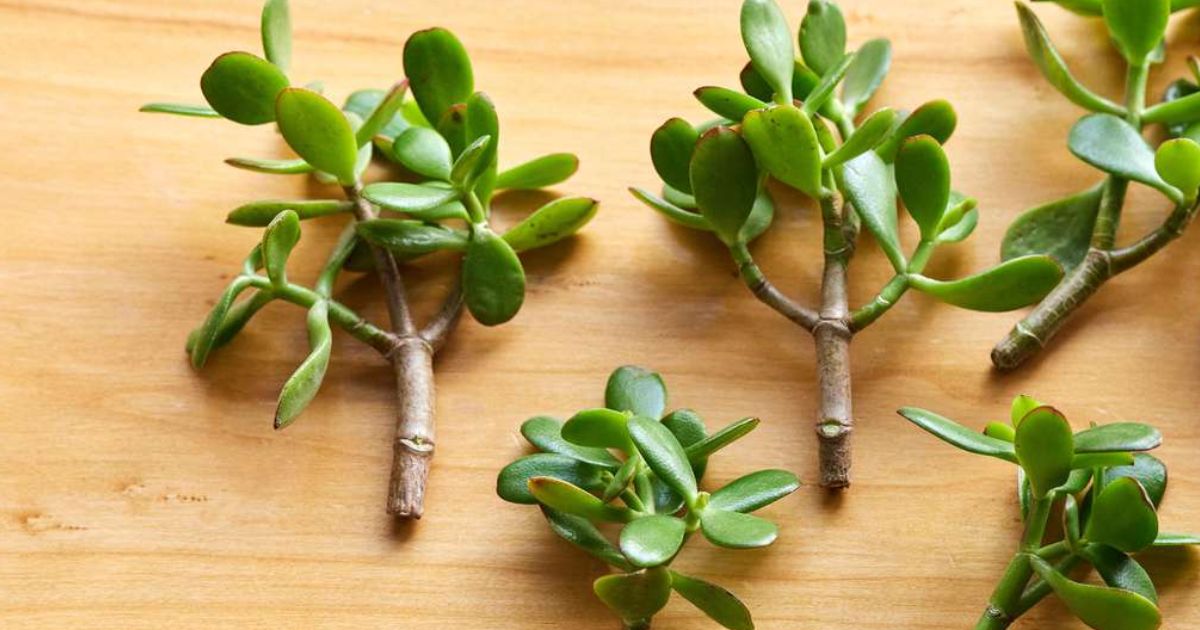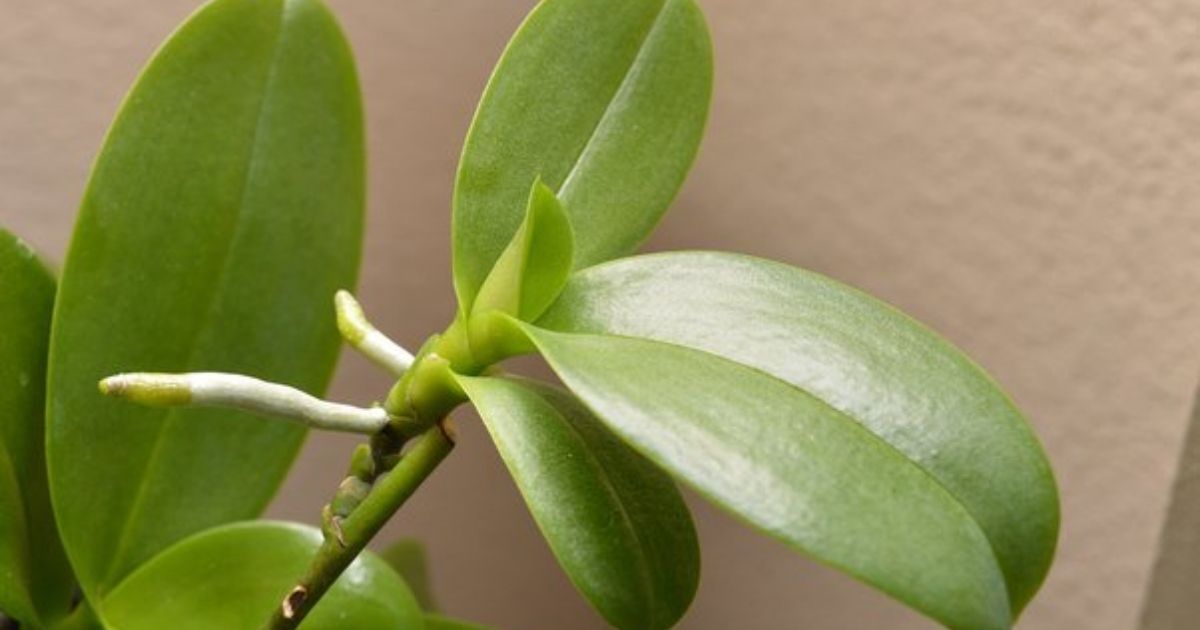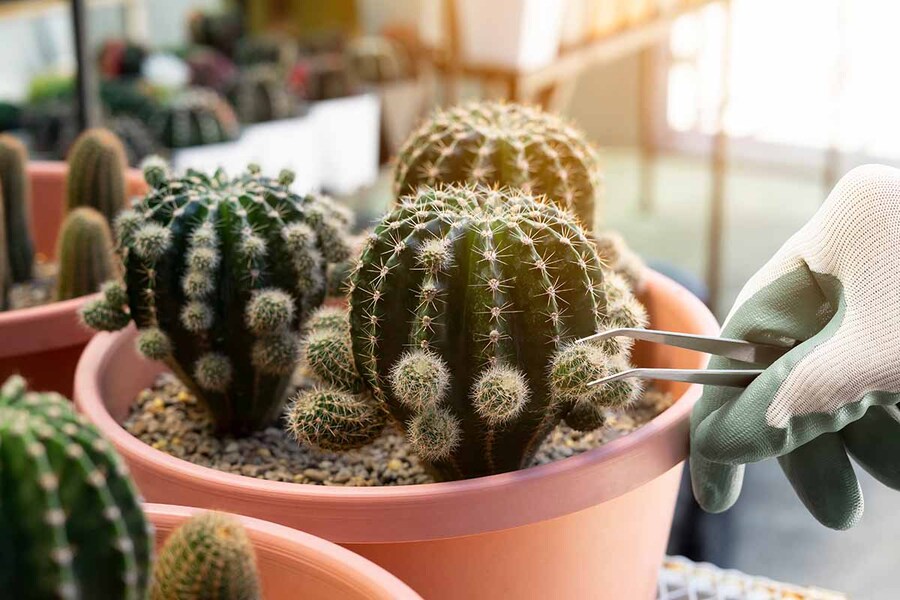How To Propagate Snake Plant: 4 Basic Methods By Experts
Are you eager to expand your indoor garden with the resilient and striking snake plant? Hurry up! The best time for snake plant propagation is just during the summer and spring.
Whether you're opting for division, leaf cuttings, or even seeds, understanding the nuances of each method and the optimal timing can significantly enhance your success rate. Let's explore the 4 amazing methods recommended by Benchmark Hydroponics’s expert to help you master how to propagate snake plant.
Table of Contents
What Is The Best Time To Propagate Snake Plant
The best time for snake plant propagation is during its active growth period in the summer and spring months. This period provides warmer temperatures, stimulating root growth and encouraging the development of new shoots.
If you propagate snake plants outside of spring and summer, the process may take longer. Moreover, be careful not to overwater, as cooler temperatures can increase the risk of root rot.
How To Propagate Snake Plant: 4 Simple Methods
What you’ll need:
- Tarp or large sheet (optional)
- Pruning shears or scissors (optional)
Then read and practice the detailed instructions for each method below
Propagate Snake Plant By Division
Propagating snake plants by division is a particularly good option if your snake plant has become too large for its pot or has multiple pups (smaller shoots) growing around the base. See the basic steps below to understand this method:
1. Unpot the snake plant: Gently remove it from its current pot. Brush off any loose soil to get a clearer view of the root system.
2. Divide the plant: Use a sharp knife or pruners sterilized with rubbing alcohol to carefully cut through the snake plant's rhizome (underground stem). Aim to create sections with at least 2-3 healthy leaves and a portion of the root system attached.
If your snake plant has pups (smaller shoots growing around the base), you can separate these individually as well, ensuring each pup has some roots.
1. Prepare the new pots: Fill your new pots with the well-draining potting mix, leaving some space at the top for the plant.
2. Plant the divisions: Plant each division in its pot, positioning the leaves upright and ensuring the rhizome or pup sits slightly below the soil surface.
3. Watering: Frequently water the new planted divisions to moisten the soil. Avoid overwatering, as snake plants are prone to root rot.
Pro Tips:
- Prepare an additional sterile blade to prevent the spread of bacteria or diseases.
- Wait to plant them until they develop a stronger root system if any divisions seem weak or lack sufficient roots.
Division of Propagated Plant
Propagate Snake Plant In Water
Water propagation, while not the most common method, offers stand-out advantages over propagating in soil, particularly faster rooting. Below are 8 steps instructing how to propagate snake plant in water:
1. Choose a leaf: Select a healthy, mature leaf from your snake plant. You can use the entire leaf or cut it into sections, each at least 2-3 inches long. If cutting, ensure each section has a flat bottom and a pointed top (remembering which end was originally up).
2. Take the stem cutting: Use your sterilized sharp pruners or knife to make a clean cut. Let the cuttings sit for a day or two to allow the cut end to callus over (develop a hardened protective layer), which helps prevent rot.
3. Divide The Cutting: Cut each leaf into several 3—to 4-inch tall sections. When dividing the leaf, keep track of the bottom and top of each cutting (i.e., the way the original leaf was growing).
4. Notch The Bottom: Take each leaf cutting and take a cut of a triangle shape from the bottom, starting from the edges.
5. Place in water: Fill your jar or vase with clean, room-temperature water. Submerge the bottom inch or so of the cutting, ensuring at least one node (the little bumps on the stem) is underwater. Nodes are where roots typically form.
6. Light and location: Place the jar in bright, indirect sunlight. Don't place the snake plant in direct sunlight, as this can scorch the leaves.
7. Water changes: Change the water every 7-10 days to prevent bacteria growth and provide fresh oxygen to the roots.
8. Transfer to soil (optional): Once the roots reach about an inch long, transplant your new snake plant babies into pots with well-draining soil. You can also place your cuttings in water until new snake plant pups sprout.
Be patient! It can take anywhere from 2-4 months for roots to develop on your snake plant cuttings. You might also see small new shoots forming at the base of the roots.
Propagate Snake Plant In Water
Pro Tips:
- Prepare filtered or rainwater if your tap water is high in chlorine or fluoride.
- Remove the leaf-cutting from the water if it starts to rot.
- If you don't mind using a water-based plant, keep your snake plant cuttings in water indefinitely. Just continue to change the water regularly.
>>> See more: How To Propagate A Peach Tree: Basic Steps for Beginners
Propagate Snake Plant In Soil
Propagating snake plants in soil gains a higher success rate, especially for beginners, as it requires less monitoring. Here are the 4 steps to do it:
1. Take Cutting: Use a sharp, sterile knife or pruner to take a healthy leaf from your snake plant. Make a clean cut at the base of the leaf, near the soil line.
2. Divide Cutting (Optional): Divide each leaf into three to four inches tall sections. While doing this, keep track of the top and bottom of each section, which is how the original leaf was growing. Place the bottom of each section in the soil, where new roots and growth begin.
3. Notch The Bottom: Notching the bottom of the cutting is also optional but can encourage root growth. Make a small notch or shallow cut at the bottom of each leaf section.
4. Plant Cutting: Prepare a small pot with a well-draining soil mix and start to plant the leaf cuttings. Make sure that the entire bottom of the cutting is buried in the soil.
Propagate Snake Plant In Soil
Remember to keep the soil moist but not too wet. It may take up to three months for the cuttings to root and even longer for them to grow new plants. Check for roots by gently pulling up on the cutting once every one to two weeks to see if you feel any resistance.
>>> See more: How To Propagate Pine Trees: Step-By-Step Guide for Starters
Propagate Snake Plant By Seed
While propagating a snake plant is the easiest and most effective method for growing new plants, they can be grown from seed. Here is the instruction:
1. Obtain Seeds: Finding fresh snake plant seeds can be tricky. Look for them from a reputable source online or a specialty plant store. Avoid older seeds, as germination rates tend to decrease over time.
2. Prepare the Potting Mix: Use a well-draining seed starting mix to ensure proper drainage and aeration for the delicate seedlings. Moisten the mix lightly, but avoid making it soggy.
3. Sow the seeds: Fill small pots or seed trays with the planting medium. Place the snake plant seeds on the soil's surface, gently pressing them down but not covering them completely. Snake plant seeds require light to germinate, so they should be sown on the soil's surface.
4. Water the seeds: Use a spray bottle to moisten the soil frequently. Avoid overwatering, as soggy soil can cause the seeds to rot. Keep the soil always moist but not waterlogged throughout the germination process.
Propagate Snake Plant By Seed
Put the trays or pots in a warm location with indirect sunlight. Snake plant seeds require warmth and light to germinate, so maintaining a temperature between 70-80°F (21-27°C) is ideal.
How To Take Care Of Propagate Snake Plant?
After being propagated, snake plants are highly vulnerable. Therefore, as a beginner, you need to keep in mind the following things:
- Provide bright, indirect sunlight. Avoid toxic direct sunlight, which can scorch the leaves. Snake plants can put up with lower light conditions, but growth might be slower.
- Water thoroughly only when the top inch of soil feels dry to the touch. Overwatering is a major threat to snake plants, as it can lead to root rot.
- Use a well-draining potting mix specifically created for cacti and succulents. These mixes allow for proper drainage and aeration, which snake plants prefer.
- Choose a pot with drainage holes slightly bigger than the root ball of your propagated plant.
- Fertilize sparingly during the growing season (summer and spring) with a diluted balanced fertilizer.
>>> See more: How To Propagate Fig Tree: A Comprehensive Guide By Experts
Frequently Asked Questions
1. Can You Grow A Snake Plant From A Cutting?
Absolutely! Growing a snake plant from a cutting is a widespread and successful way to propagate these resilient houseplants. It's generally easier and faster than propagating from seeds.
2. Is It Better To Propagate Snake Plants In Soil Or Water?
Experts do not prefer propagating snake plants in water. This method can lead to rot, and the pups may have difficulty transitioning to soil.
3. Can You Replant A Broken Snake Plant Leaf?
Yes. You can do it by reinserting the pruned leaves with the mother plant or filling them with succulent and cactus mix.
4. Why Isn't My Snake Plant Making Babies?
Your snake plant may need more light. These plants do well in warm rooms with bright, indirect sunlight. You can help your plant by placing it near a window or in a well-lit room. Overwatering could also be an issue, as it can cause the roots to rot.




